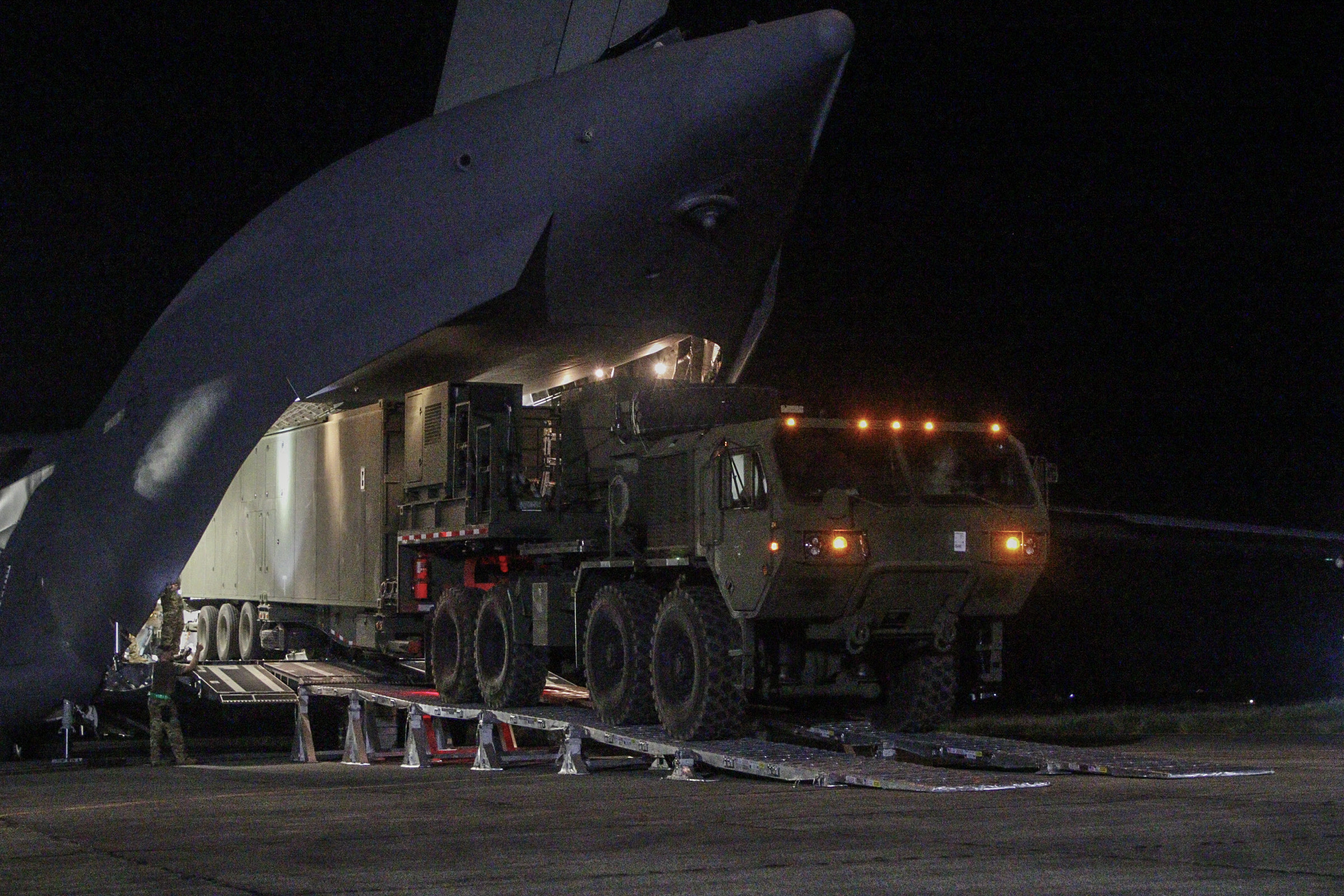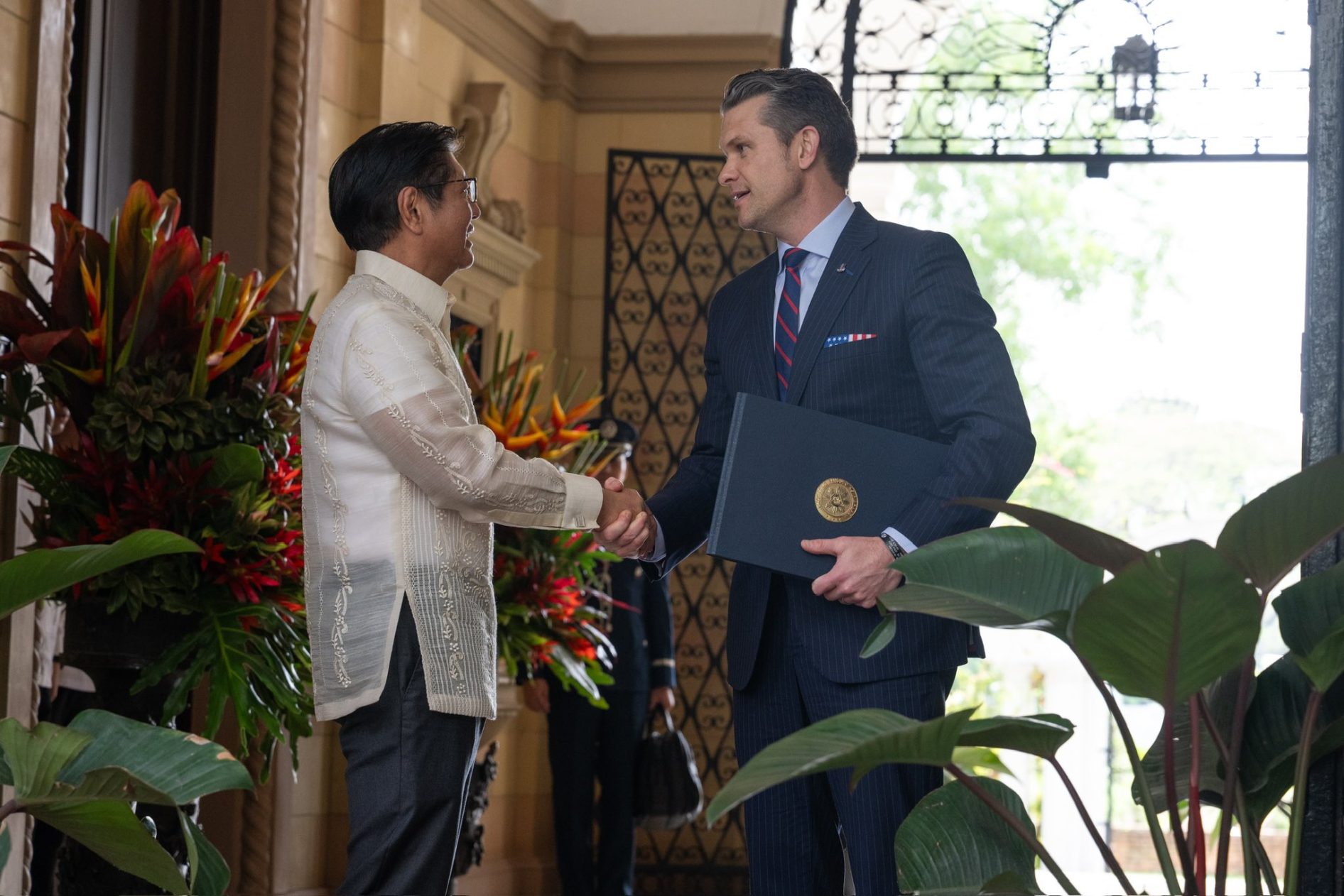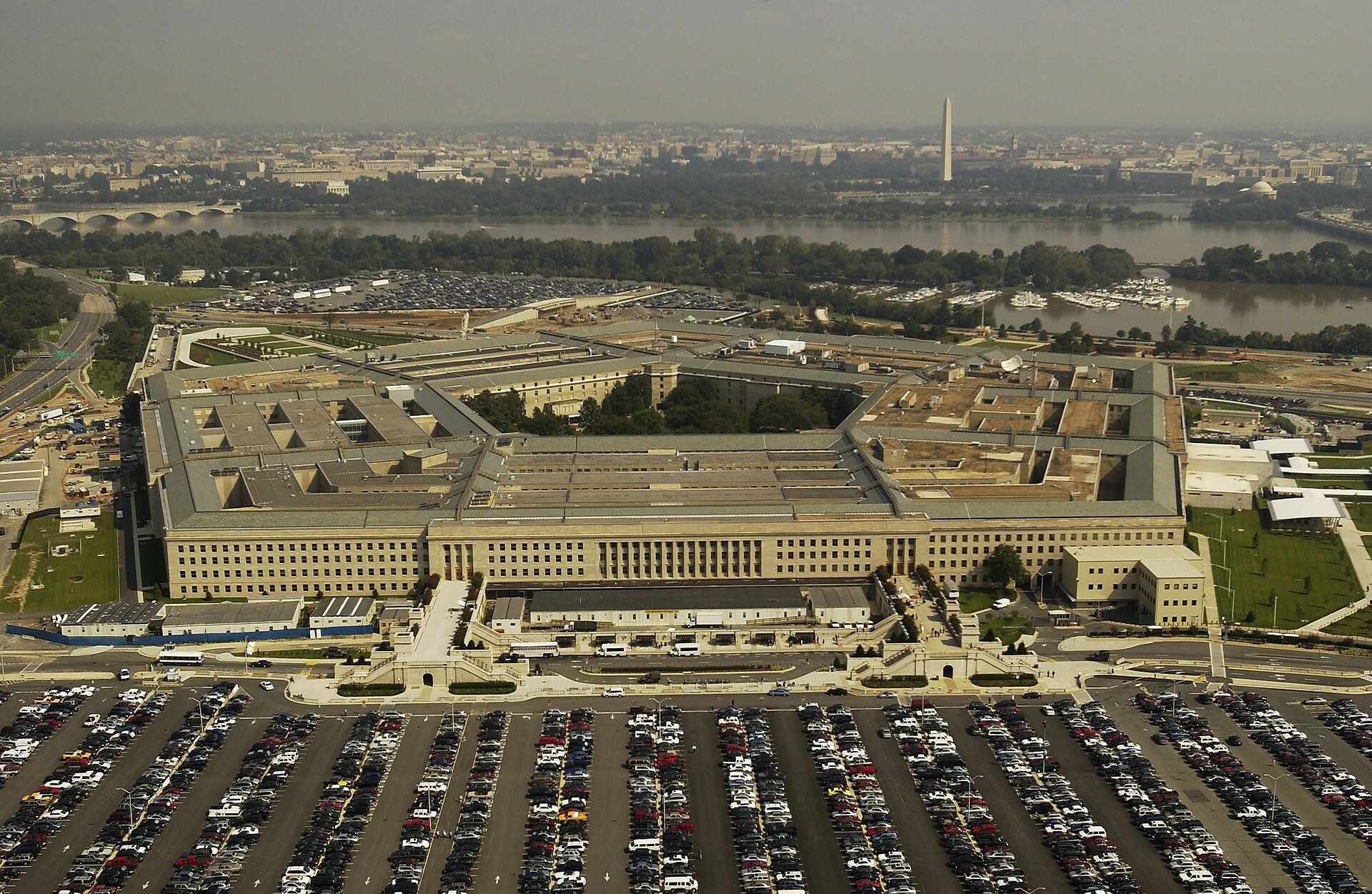In his first major trip to Asia since taking the role as civilian leader of the US military, Sect. of Defense Pete Hegseth announced a raft of decisions aimed at countering China’s influence in the disputed South China Sea, drawing criticism from Beijing.
It comes at a time when the US is becoming increasingly outgunned by Chinese technology, including the current failure to match the Asian superpower at producing next-generation warplanes and hypersonic missiles.
Hegseth’s first stop was in Manila, where he met with Defense Secretary Gilberto Teodoro and President Ferdinand Marcos Jr. to discuss future training exercises “on using advanced capabilities to defend the Philippines’ sovereignty” and to announce the arrival of both a mobile, ground-based anti-ship missile launcher called the Navy-Marine Expeditionary Ship Interdiction System (NMESIS), and “highly capable” aquatic drones on the island in time for April’s Balikatan Exercises, a military training meeting between the Philippines and the US, with Japan and Australia sometimes participating.
Additionally, a statement from the Pentagon says the meeting included the agreement to release “a bilateral defense industrial cooperation vision statement,” or a plan for military spending and production.
“These systems will enable US forces and the armed forces of the Philippines to train together on using advanced capabilities to defend the Philippines’ sovereignty,” Hegseth told a media briefing. “It reflects the strength of our ironclad alliance, particularly in the face of Communist China’s aggression in the region”.
The NMESIS announcement follows on from last year’s Balikatan exercises in which US-operated Typhon (or MRC) missile launchers were placed on the northern-most island in the Philippines—the one closest to Taiwan, and suggests that the Philippines is now firmly ensconced at the cutting edge of Pentagon plans for an armed confrontation with China. This much is obvious to the Chinese, and Beijing spokesmen released several harsh criticisms and warnings about the escalation.
“The US needs to get rid of its Cold War mentality, stop creating ideological confrontation, stop sowing tension in the region and discord between its countries, and stop being the disrupter and provocateur in the South China Sea,” Chinese Foreign Ministry spokesman Guo Jiakun said in response to Hegseth.
Hegseth said the objective in the Asia-Pacific was to re-establish America’s “Warrior ethos,” according to The Diplomat.
“What we’re dealing with right now is many years of deferred maintenance, of weakness, that we need to reestablish strength and deterrence in multiple places around the globe,” Hegseth said, according to AP. “Deterrence is necessary around the world, but specifically in this region, in your country, considering the threats from the communist Chinese”.
Capable of firing either the Standard Missile 6 or Tomahawk cruise missiles with a range of 2,500 kilometers that can be tipped with nuclear warheads, the Typhon launchers were once banned from deployment under the 1987 Intermediate Range Nuclear Forces Treaty signed between the US and the Soviet Union, which was allowed eventually to lapse during the first Trump Administration.

Japan
From Japan, Hegseth expressed the need to maintain “credible deterrence” across the whole of the South China Sea and Taiwan Strait, and called Japan an “indispensable partner” in the region. He announced the upscaling of the current military command in Japan into a “war-fighting headquarters” with increased authority for new missions.
Last Friday, the Philippines and Japan staged joint naval drills with US forces in the South China Sea, drawing strong criticism from Beijing which accused Washington of “attempting to undermine regional peace and stability” through its military deployments.
Guo urged that America stop “stirring up trouble in the South China Sea and sowing discord in the region,” and advised the Philippines “not to rely on the Americans to make trouble in the sea and not to try to provoke a military confrontation”.
That US-Japanese military collaboration is being increasingly centered around international interventions rather than home island defense is more apparent than ever, says Zhu Feng, dean of Nanjing University’s school of international studies. He told South China Morning Post that Japan has adopted a “southwestern shift” in its military strategy, particularly regarding the island of Yonaguni, which sits closest to Taiwan at just 62 miles (100 kilometers) away.
Writing for The Diplomat, Sebastian Strangio doubts that the increased deterrence muscle will dissuade China from pushing back against Manila’s attempts at “internationalizing the South China Sea dispute,” which lies at the cornerstone of Chinese-Filipino relations.
Beijing claims for historical reasons that the vast majority of the sea, which borders 8 nations, belongs in its territory. Vietnam, Brunei, and the Philippines are the most staunch adversaries to Beijing’s claims.
In an internal guidance memo for the Defence Department earlier this month, Hegseth said that Indo-Pacific strategy should be oriented around “deterring the forcible seizure of Taiwan” against China, which the memo called America’s “sole pacing threat”. WaL
We Humbly Ask For Your Support—Follow the link here to see all the ways, monetary and non-monetary.
PICTURED ABOVE: Philippine President Ferdinand Marcos Jr. welcomes Sect. of Defense Pete Hegseth for strategic discussions in Manila. PC: Secretary Hegseth via X.



